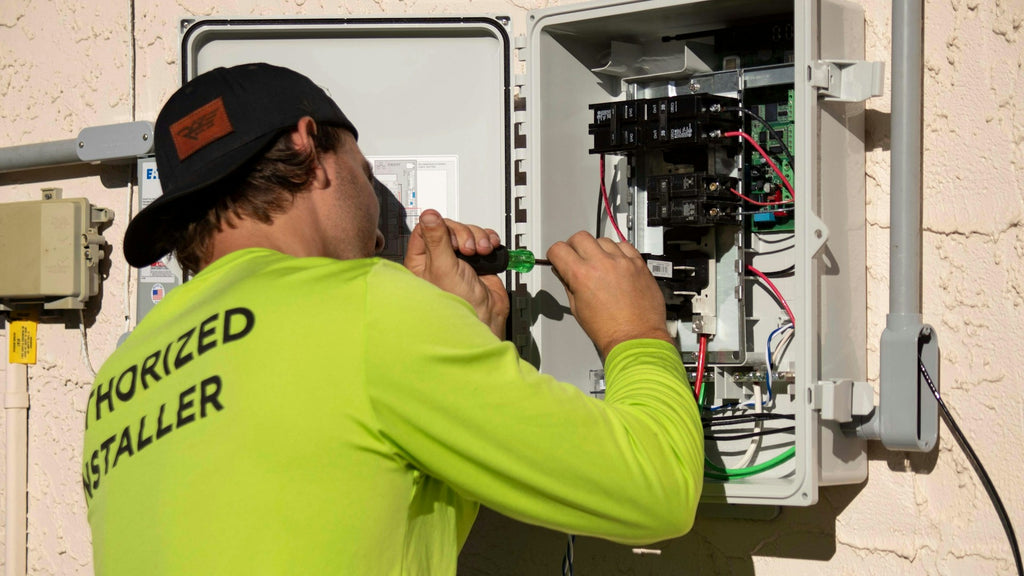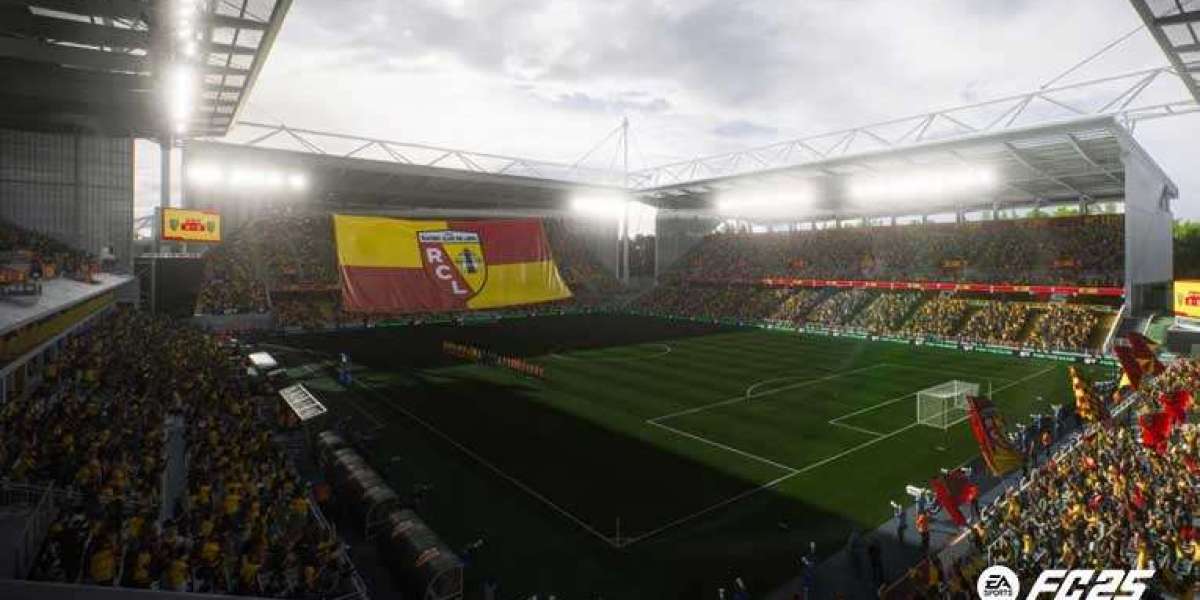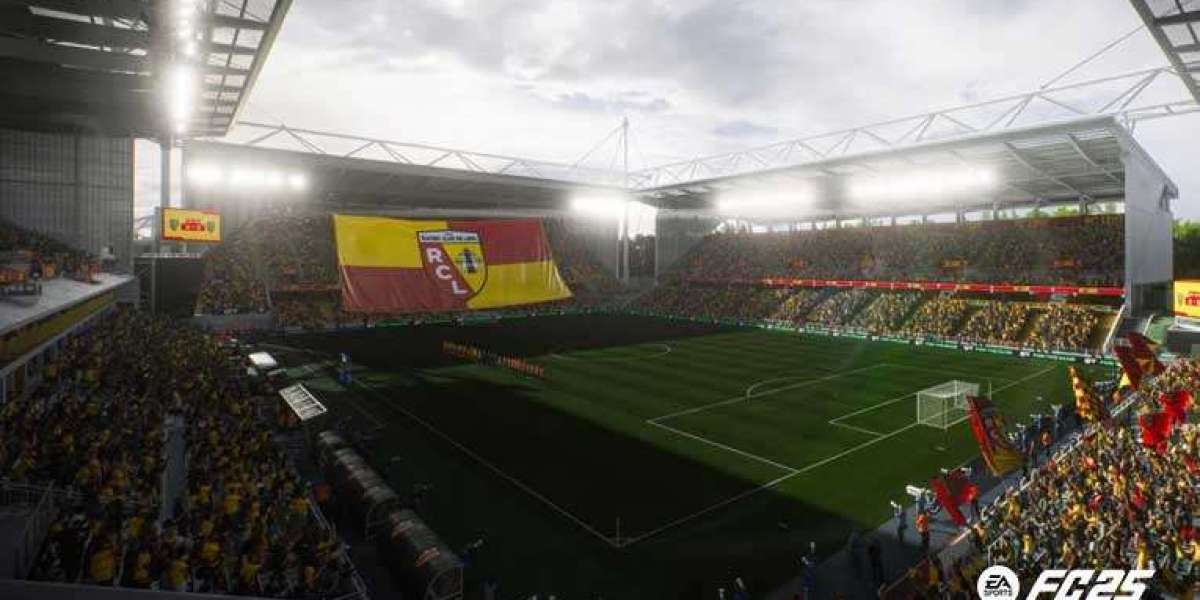Solar inverters are crucial components of photovoltaic systems, converting direct current (DC) generated by solar panels into alternating current (AC) for household use. However, like any technology, they can experience solar inverter failures. This article serves as a guide to solving 8 familiar issues that may arise with solar inverters.

1. Overheating Issues
One of the most common solar inverter failures is overheating. This can occur due to poor ventilation or excessive ambient temperatures. If your inverter is overheating, check the installation location. Ensure that it is not exposed to direct sunlight and has adequate airflow. If the problem persists, consider installing a cooling system.
2. Communication Errors
Communication errors can disrupt the monitoring of your solar system. These errors often stem from faulty wiring or issues with the inverter's software. To resolve this, inspect the wiring connections and update the inverter's firmware. Regular maintenance can prevent these issues from becoming a recurring problem.
3. Ground Faults
Ground faults can lead to significant solar inverter failures. They occur when there is an unintended path between the electrical system and the ground. To identify a ground fault, use a multimeter to check for continuity. If detected, consult a professional electrician to rectify the issue.
4. Inverter Not Turning On
If your inverter fails to turn on, it could be due to a blown fuse or a tripped circuit breaker. Check these components first. If everything appears intact, it may be necessary to reset the inverter or consult the manufacturer's manual for troubleshooting steps.
5. Low Power Output
Low power output can be frustrating for solar system owners. This issue may arise from shading, dirt on the panels, or inverter malfunctions. Regularly clean your solar panels and ensure they are free from obstructions. If the problem continues, it may indicate a deeper issue with the inverter.
6. Error Codes
Most modern inverters display error codes when a problem occurs. Understanding these codes is essential for effective troubleshooting. Refer to the inverter's manual to decode the error messages. This knowledge can help you identify the issue quickly and take appropriate action.
7. Inverter Age and Wear
As with any electronic device, age can lead to performance degradation. If your inverter is several years old, it may be time to consider a replacement. Regular inspections can help you determine the health of your inverter and whether it requires servicing or replacement.
8. Inconsistent Performance
Inconsistent performance can stem from various factors, including environmental conditions and system design. Monitoring your system's performance regularly can help you identify trends and address issues proactively. If you notice significant fluctuations, consult a professional for a thorough evaluation.
Conclusion
Understanding solar inverter failures is essential for maintaining an efficient solar power system. By identifying these common issues and implementing the suggested solutions, you can enhance the longevity and performance of your inverter. For a more detailed troubleshooting guide, visit this link.








